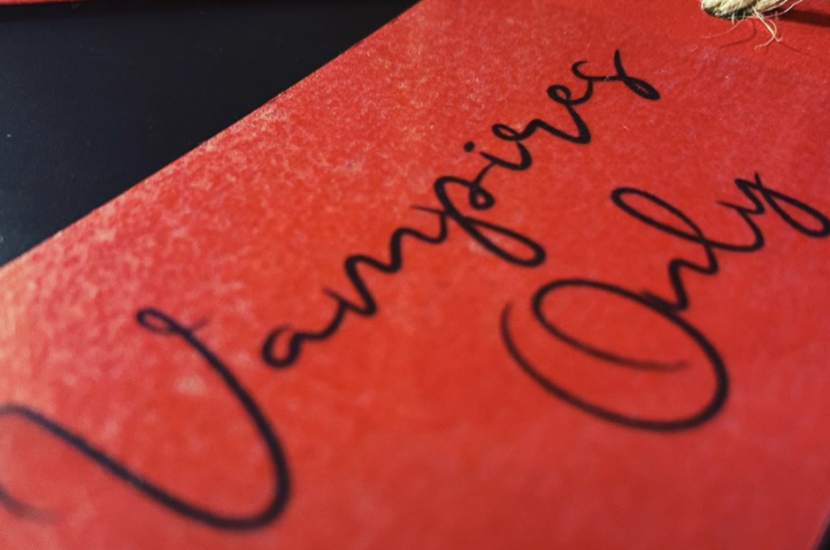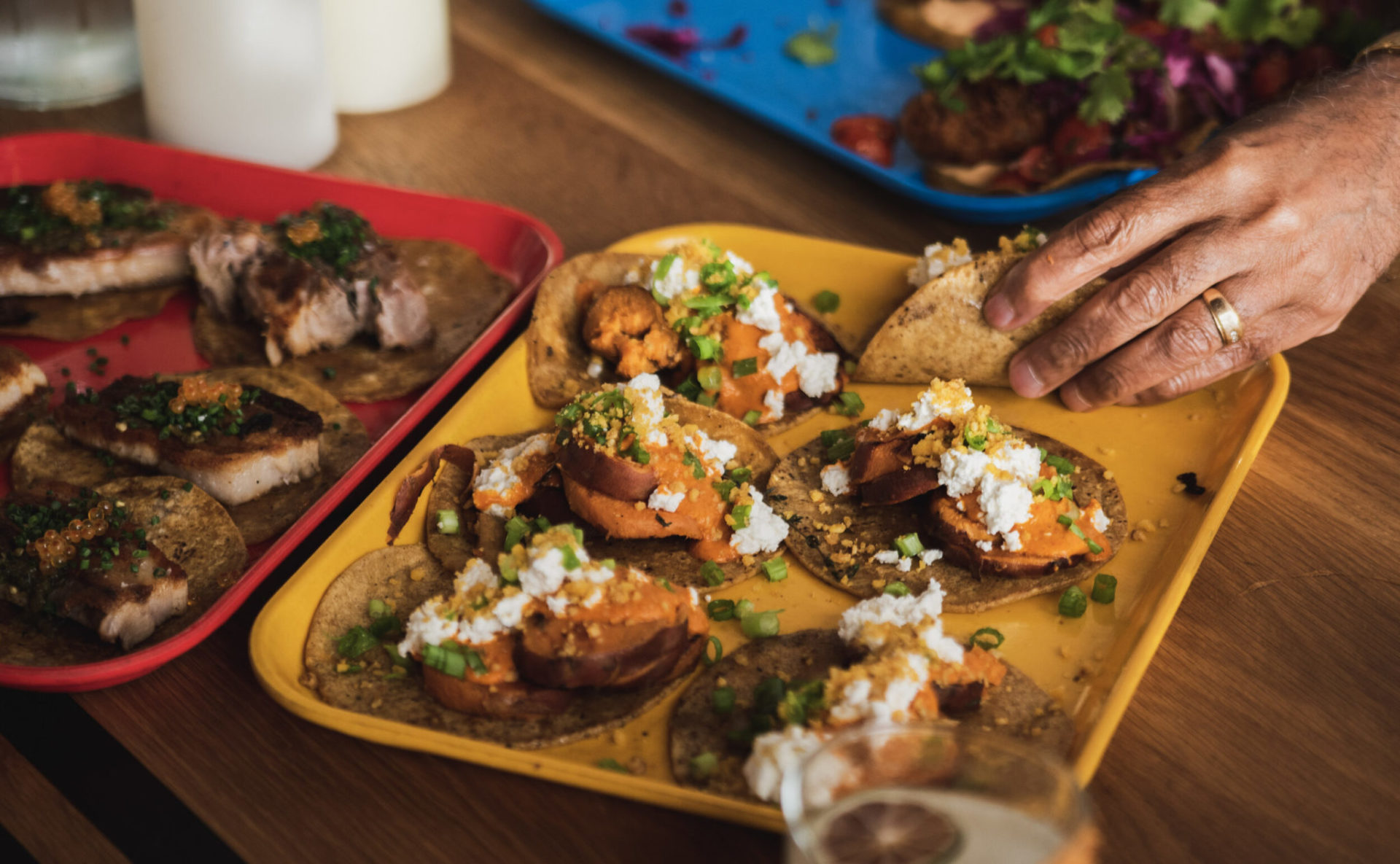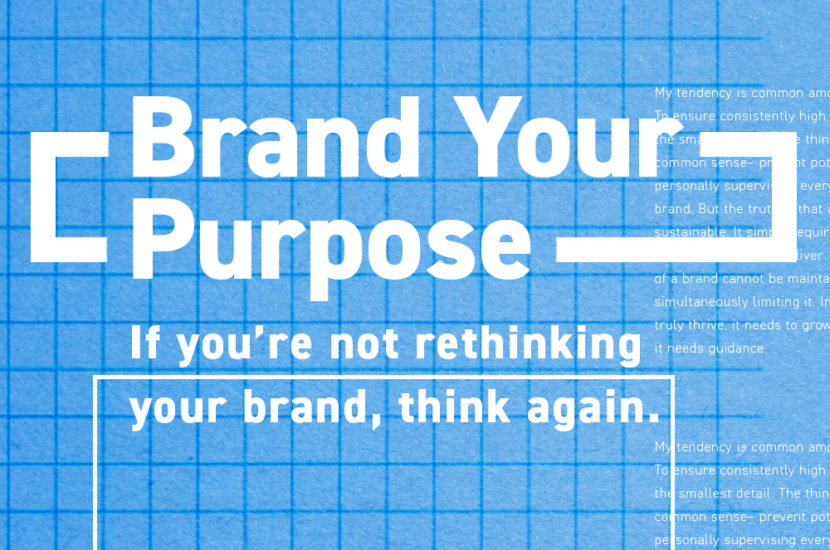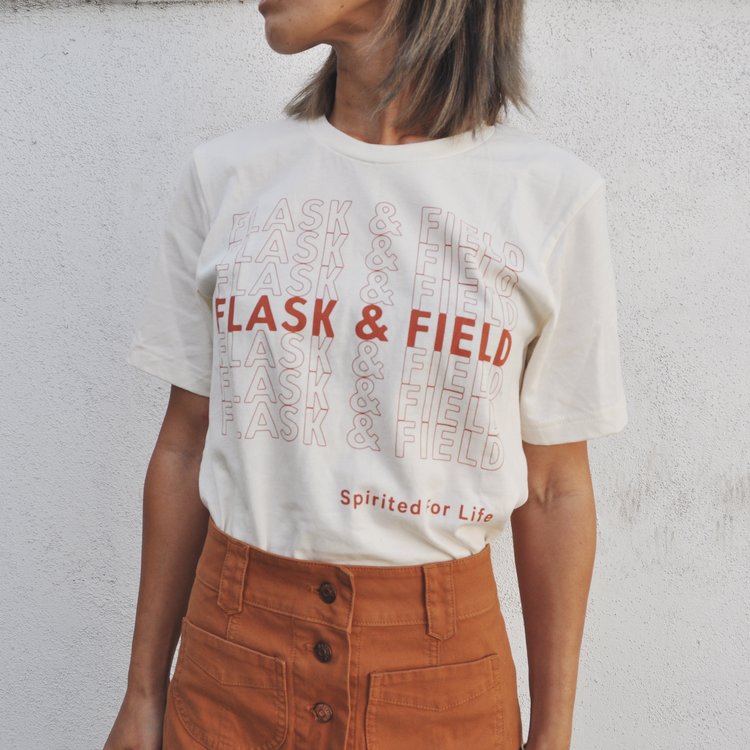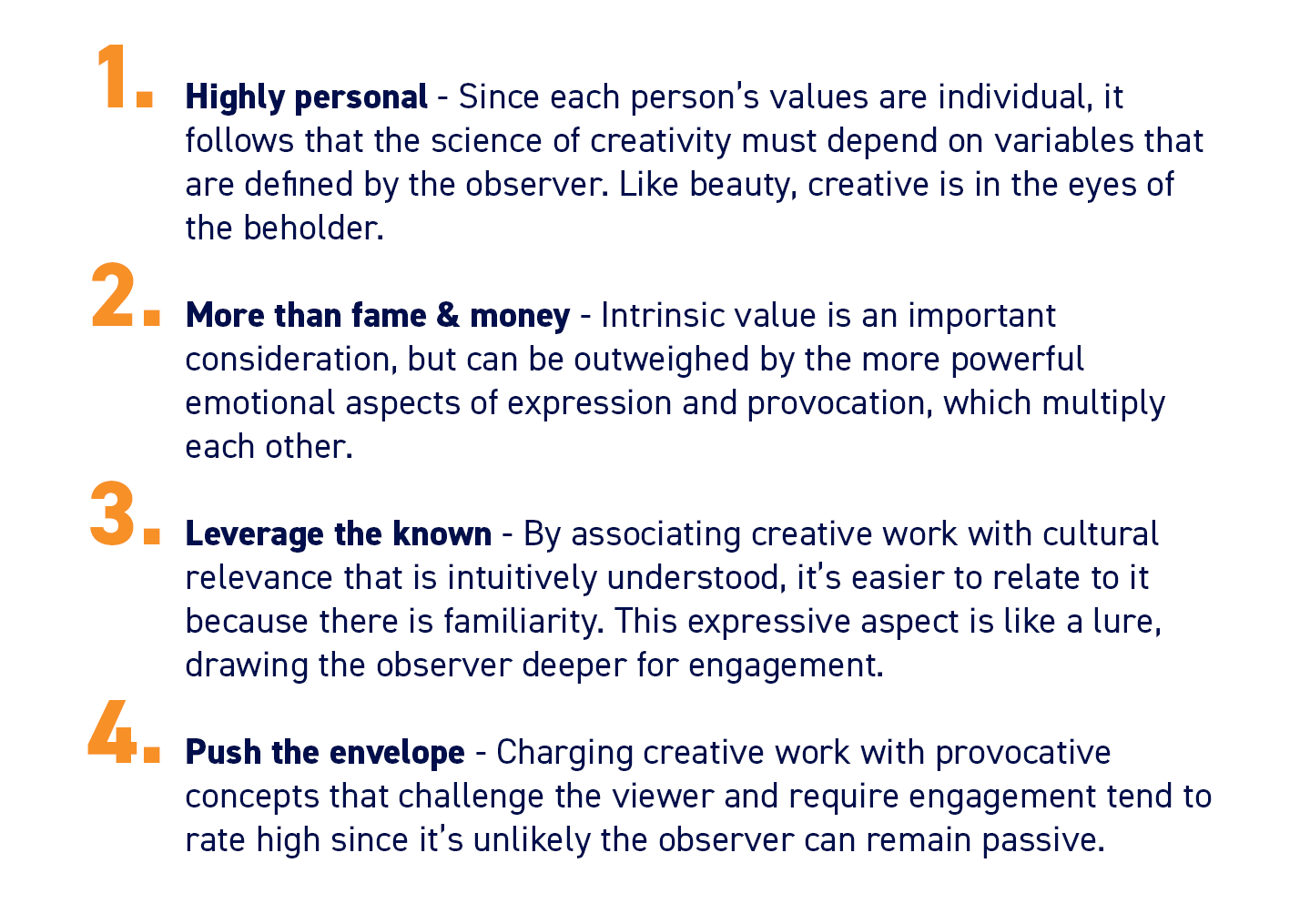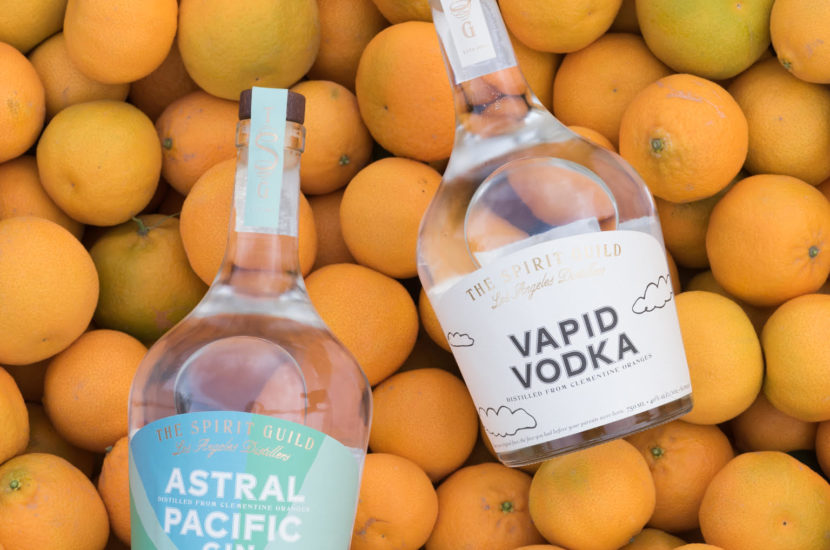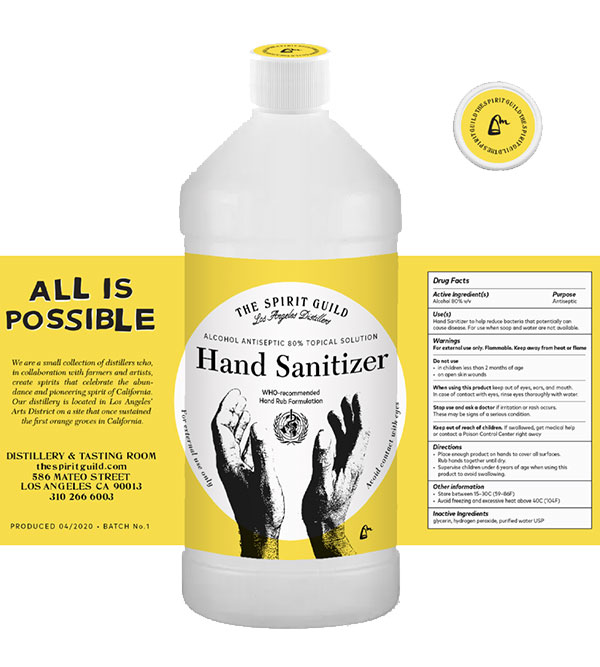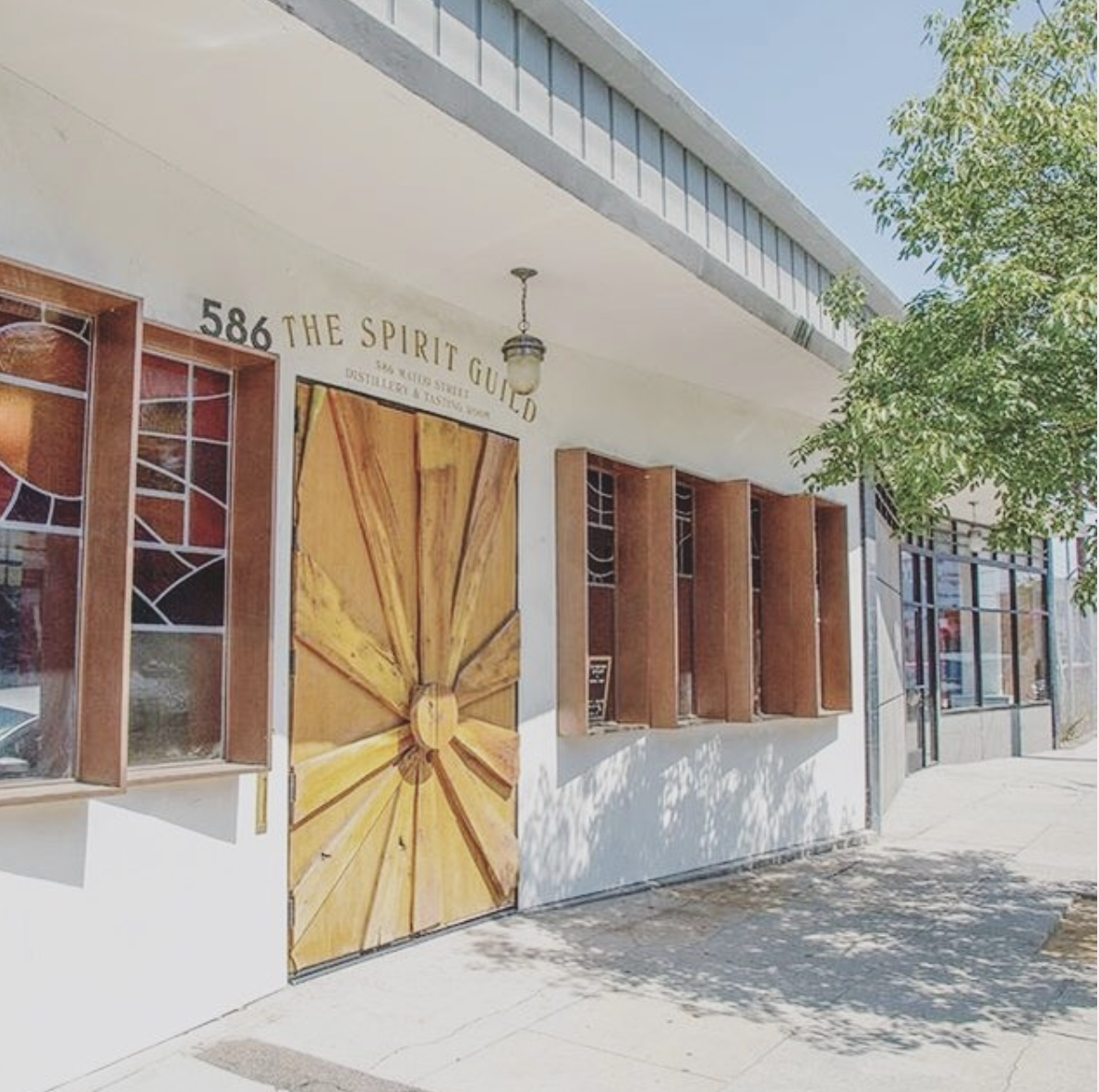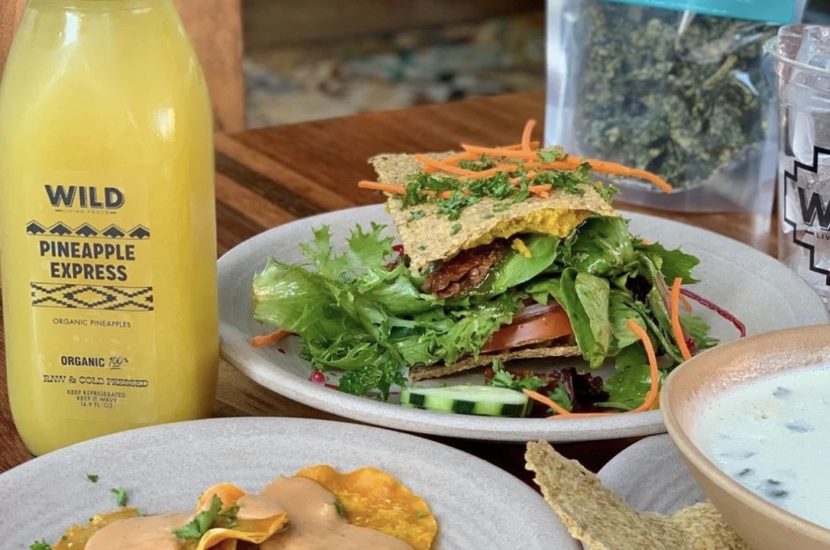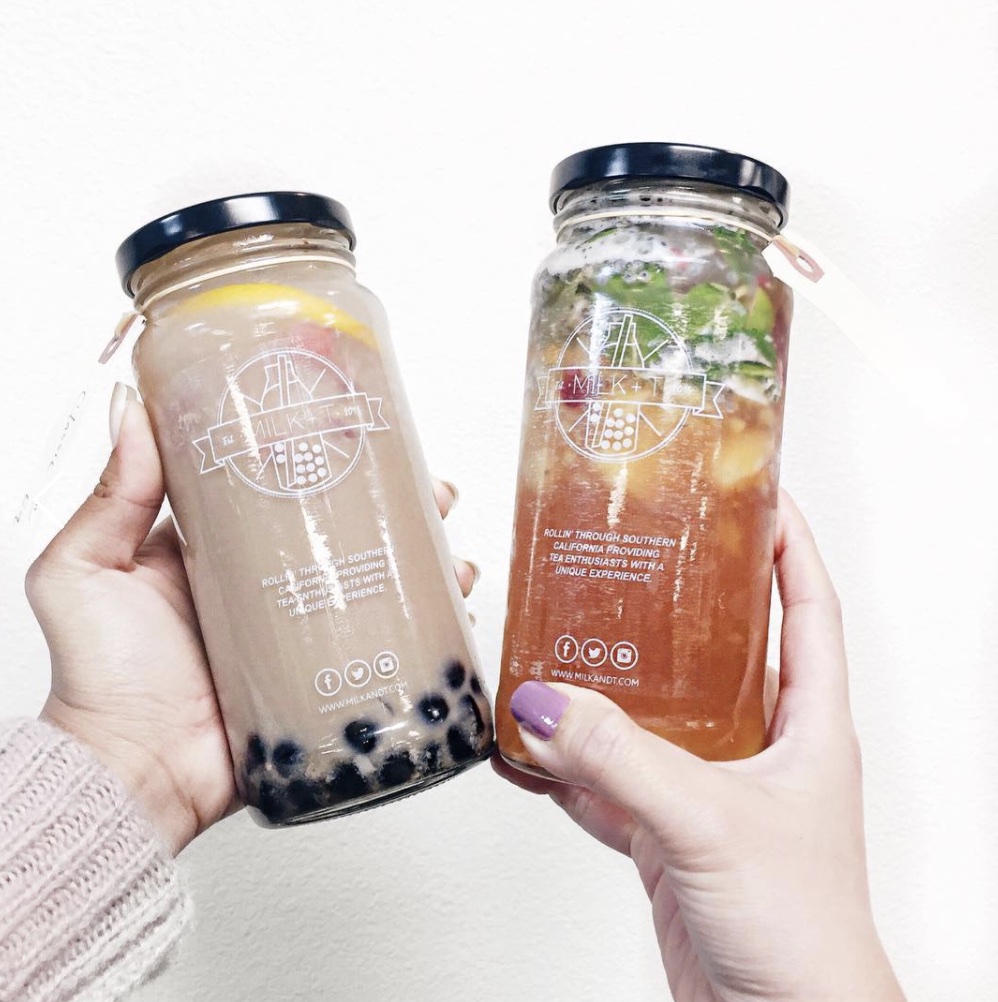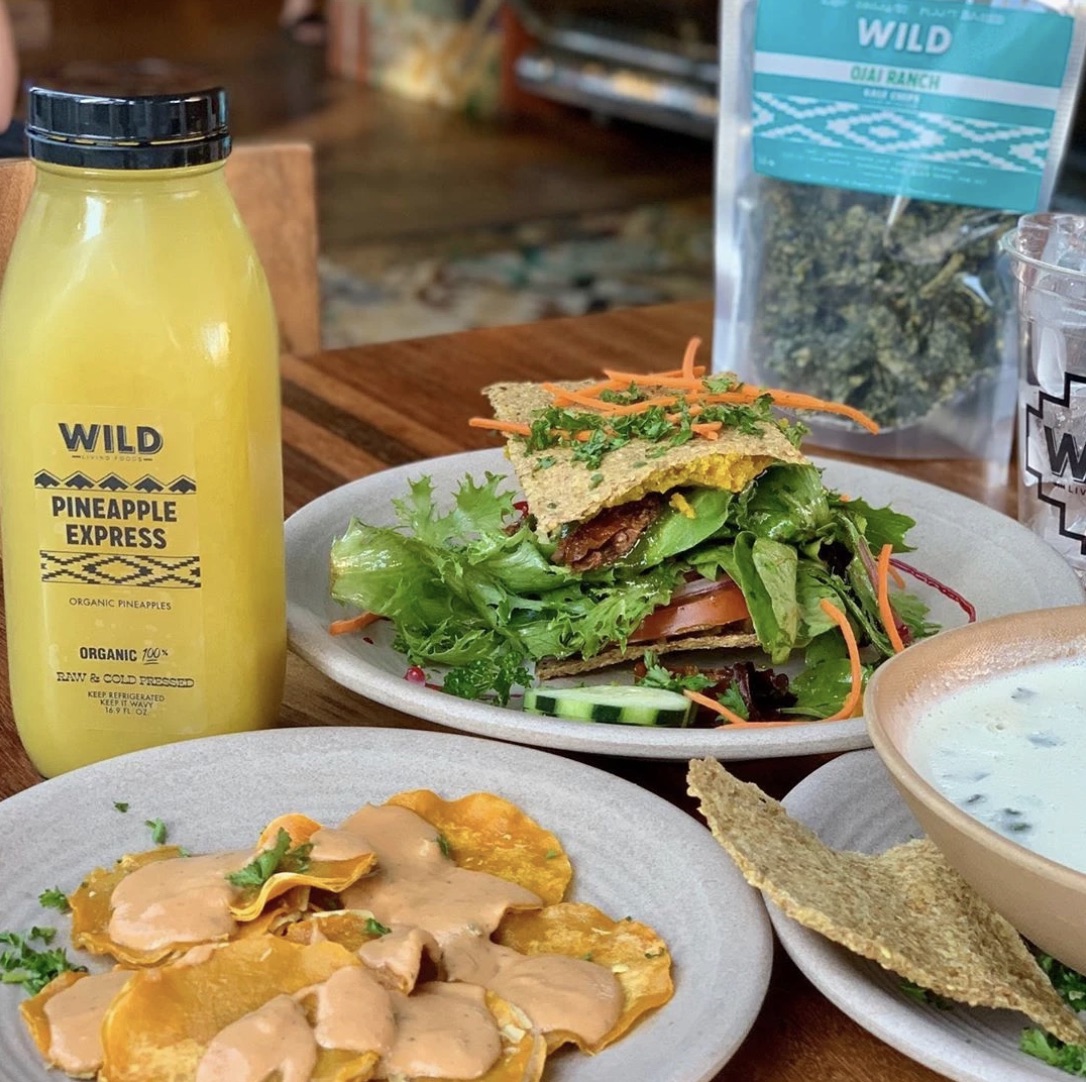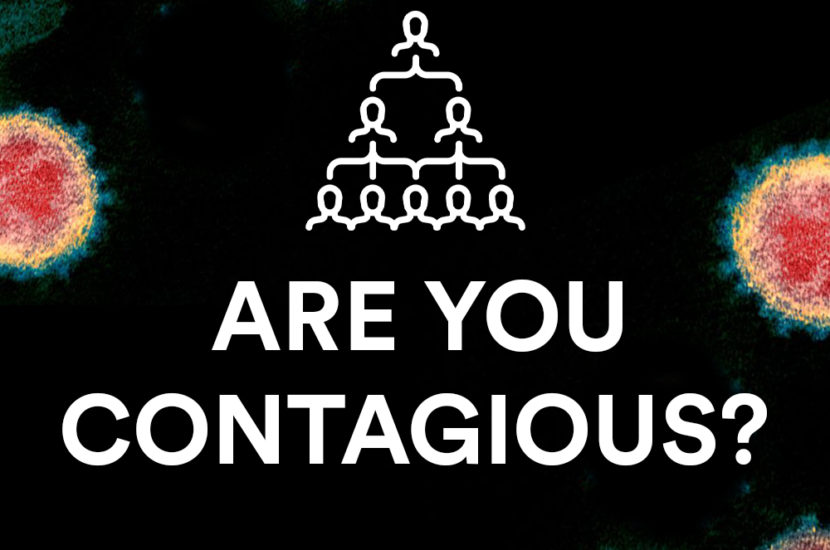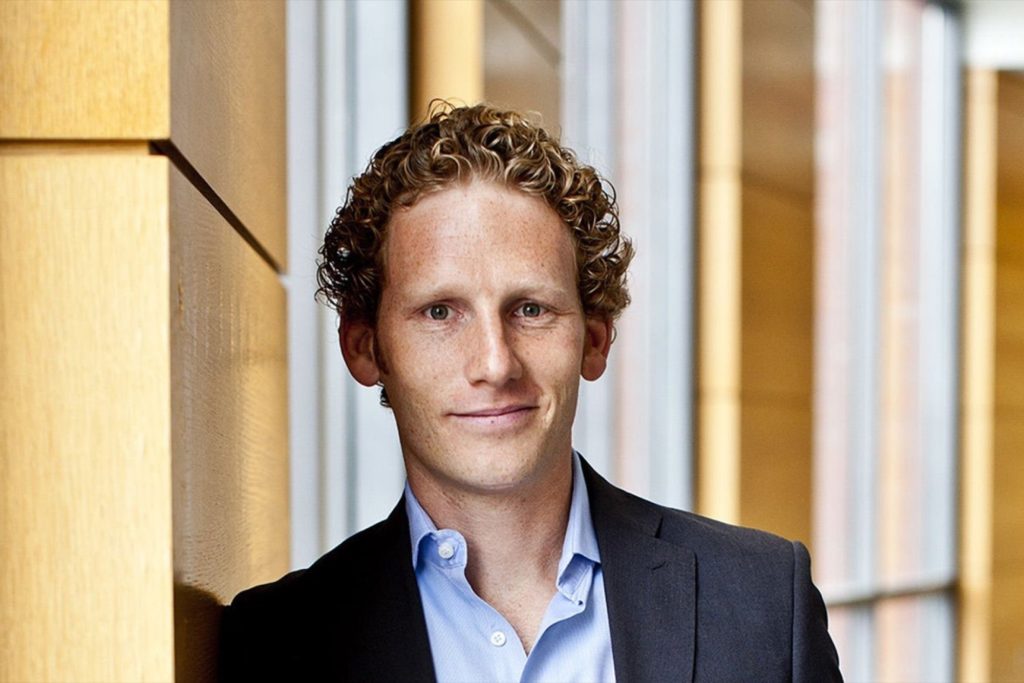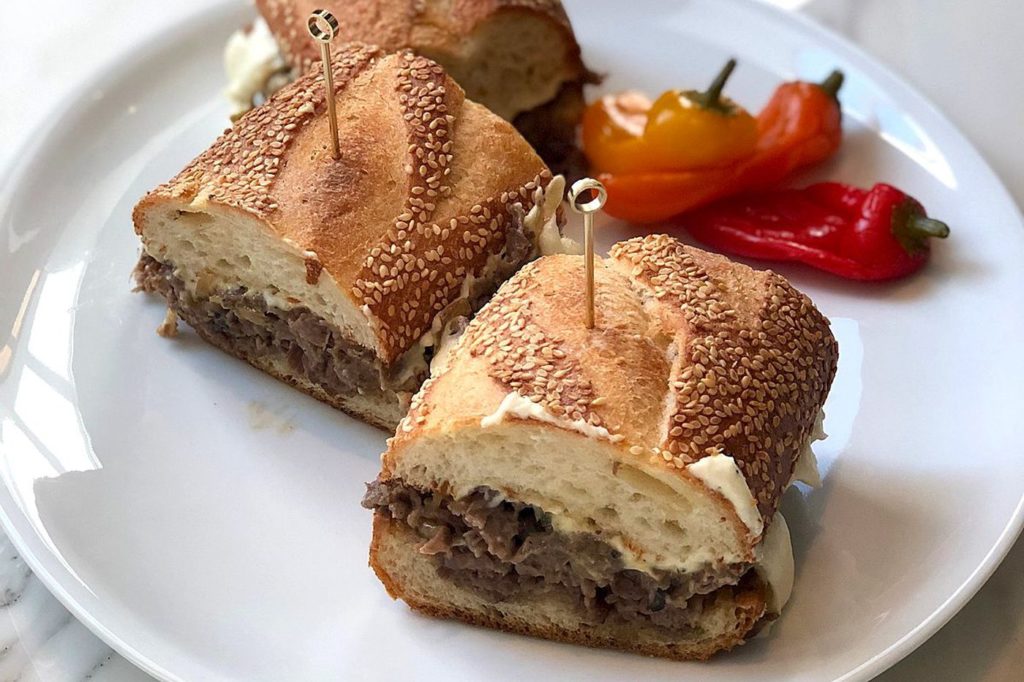When most people hear the phrase “immersive experience,” they probably picture a creepy old mansion where actors in masquerade garb address you by a name that’s not your own. But the field of immersive content (also known as “experiential” content) is much more than in-person play pretend. There are nearly infinite possibilities for interaction, engagement, and exploration — which is why one LA pizza restaurant is using the power of immersive to keep customers coming back for more.
Ghost Pizza Kitchen on Melrose, in collaboration with Ravel, now plays host to “An immersive pop-up restaurant delivered to your door.” Vampire Pizza is a new dining experience that’s part story-telling adventure, part pizza party. When you sign up for Vampire Pizza, you will receive a themed meal from Ghost Pizza Kitchen, plus an invitation to enter a world of blood-sucking mischief and mystery. This is accomplished through a blend of puzzle-solving, completing challenges, and roleplaying, all from within the comfort of your own home.
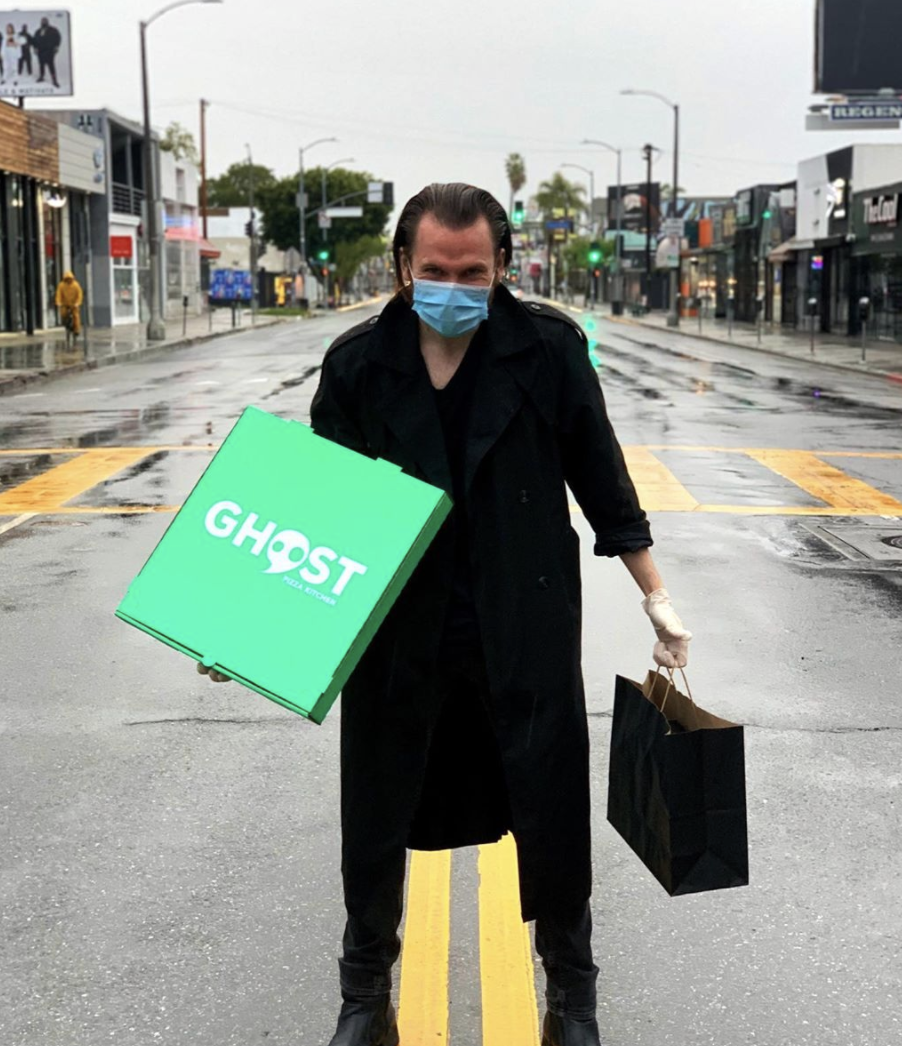
Players partake in an expansive narrative centered on Belle’s Family Kitchen, an enigmatic restaurant run by real-life vampires. Cast as a vampire yourself, you will be presented with the choice to join your fellow creatures of the night in a revolution, or seek other paths while engaging with a diverse group of unique characters. Everything that players might need comes with their food in one neat box. While you eat, you can “discover [your] inner Vampire” together with friends and family. New installments will be released one at a time to form a narrative that gradually unspools month by month.
Boxes range in size for groups of either two or four “Vamps.” If your group is bigger, that’s even better; a four-player box is actually around $10 less per Vamp than its smaller version. Most importantly, a portion of every Vampire Pizza box sold will directly benefit the LEIA (League of Experiential and Immersive Artists). With all in-person events shut down during quarantine, some of LEIA’s most amazing creative minds have channeled their vision into this take-out, at-home format, and are passing on the profits to support others who are still out of work. Additional donations to LEIA can be made here.
Vampire Pizza is a deliciously wicked experience for anybody looking to do more during dinner than watch TV. It donates funds to artists in need, and it creates a sense of community through a shared, one-of-a-kind gaming experience. While Vampire Pizza is currently sold out, it’s not too late to sign up for future chapters.
